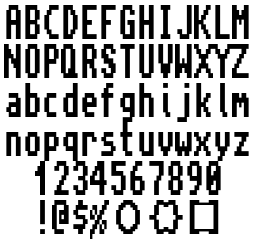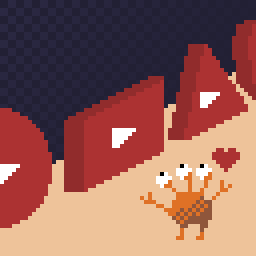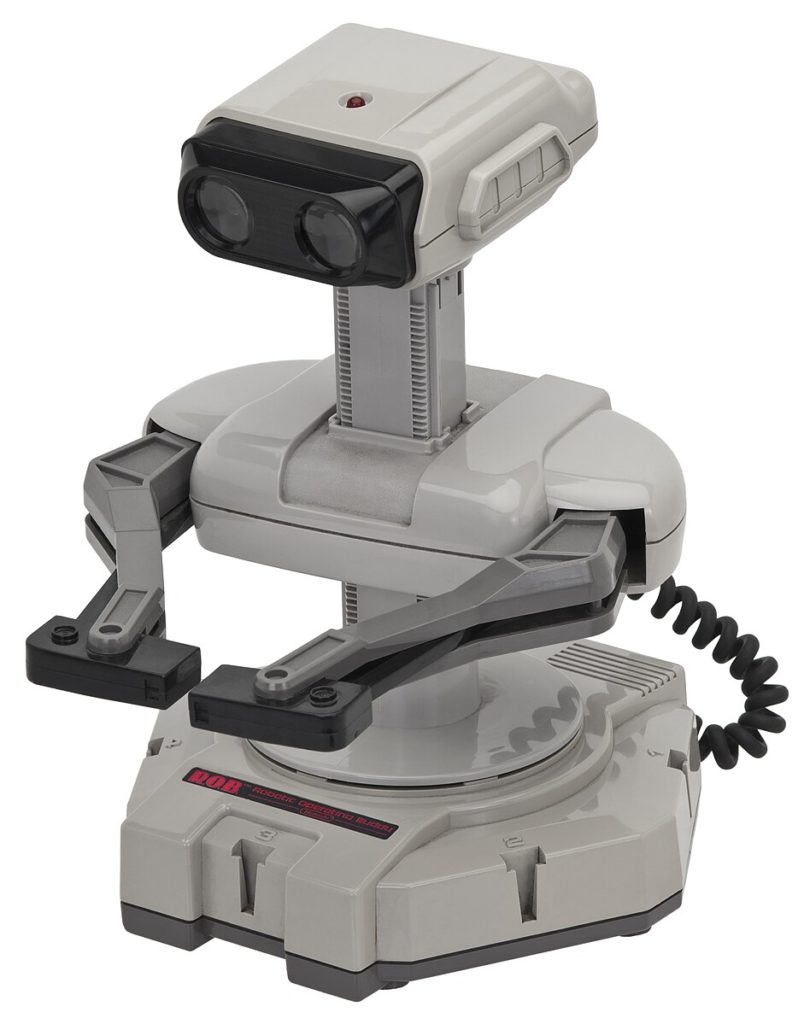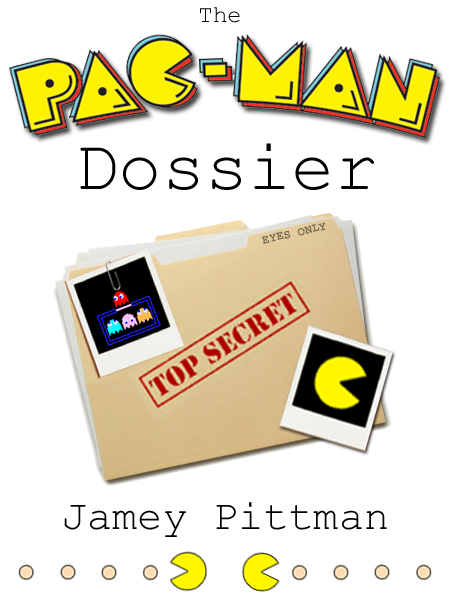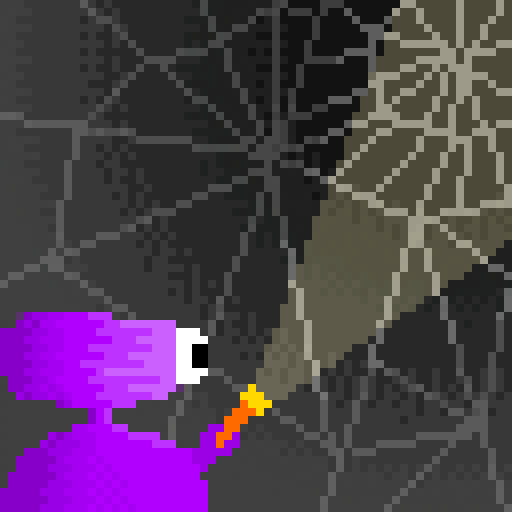Arcade Galaga has an interesting bug that’s been known of for a long time, that can be taken advantage of to cause the enemies to stop firing. The inner workings of the bug are explained on its page on the website Computer Archeology, but here it is in brief: on the first level, if you leave the bugs at the far left or right sides of the formation alive and wait long enough, 10 to 15 minutes, just surviving their attacks, then eventually the enemies will stop firing all together, and will never fire again for the rest of the game.
Why does this happen? Galaga reserves eight hardware sprites for the shots of the enemy bugs. Galaga’s graphics hardware has no way to disable the displaying of a sprite, so if something isn’t supposed to be visible it’s kept off screen, at horizontal coordinate zero. A shot sprite at that coordinate is never updated, and never moves. This is in addition to the game’s internal records of which shots are in use. When a bug wants to fire a shot, the game looks at which shots are available, and if one isn’t in use, it puts it at the proper place, and sets its velocity (X and Y deltas). From then until it leaves the screen, it’ll be updated every frame. When it is detected as having gone off-screen, it’ll be marked as out of play, and its X coordinate will be set to 0. Shots at X=0 are never updated.
The problem is, it’s possible for bugs to fire shots while they are at X position 0. This happens most commonly when bugs at the far left and right extremes of the board attack. The shot is marked as in-use, but it’ll never be updated, and so it’ll never be cleaned up and set back to be available for firing. When all eight possible shots are in this limbo, the bugs can’t fire any more. The machine resets the shots at the end of a game, so the problem won’t affect subsequent plays.
Ben Golden Diamond performed the trick in a Youtube video, and he manages to get it to happen in around seven minutes. He doesn’t explain the precise criteria for doing the trick, but his description will still work, it just has unnecessary steps. It will work on any level, but it’s easiest to do on the first. In the video, sometimes the bugs fire wraparound shots from off-screen. That’s a good indication that the bugs are sometimes firing from the 0 coordinate.
Keep in mind, performing the trick on purpose will disqualify a score for world records. The scoreboard on a local Galaga machine probably won’t care, though.

